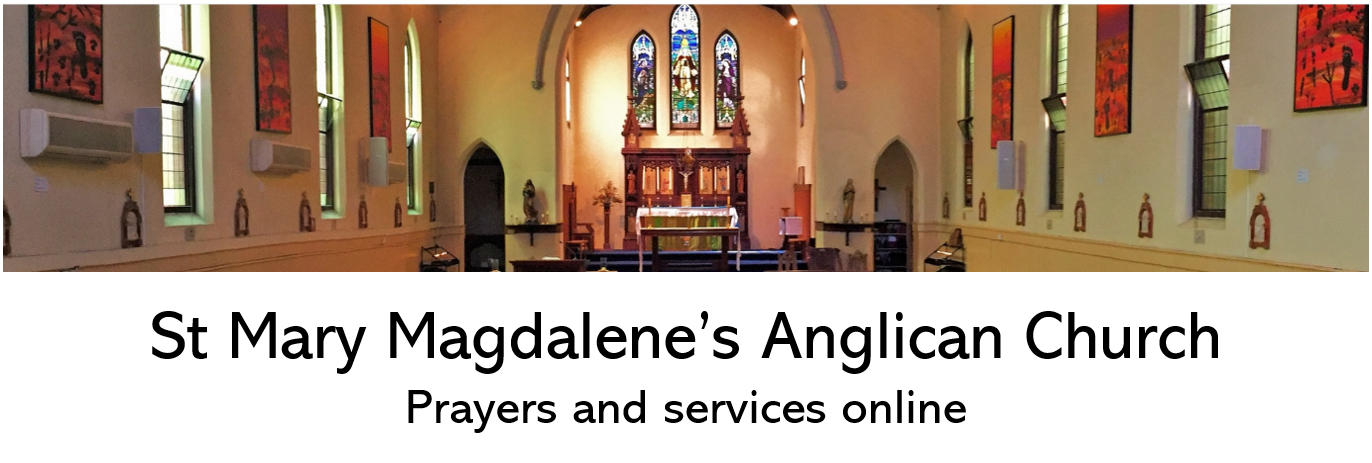A symbol should go on deepening.
Flannery O’Connor

The world offers itself to your imagination.
Mary Oliver
Image: Daniel Arredondo, Hidden Below, Our Roots
A sacramental universe is a symbolic one. This life, and this world says to us that the starting point for becoming who we are intended to be is not striving after another world but becoming more profoundly aware of this world and our place in it.
A symbol (or sacrament) is more than a sign. A sign points to an absent reality (like a signpost to Sydney). A symbol renders present something else – not something absent – but something present and real which cannot be expressed and experienced in any other way.



Images: Daniel Arredondo, studies for Colours in Landscapes – above and what lies beneath
A symbol is a sensible reality (accessible to our senses) which renders present something other or transcendent. We participate in a symbol – and it does not leave us the same. A symbol reveals as well as conceals.
A sacrament is a symbolic event bringing together and evoking God for us. If we use a sacrament magically or irreverently it can become diabolic, separating and distancing us from God.
All of us have – or rather – all of us are bodies. Bodies provide us a place for encounter and engagement. Just as language provides us a place where meaning and understanding can happen – so our bodies provide us the place for a meeting between persons.



Our bodies are symbols, offering us a place where personalities meet, relationships find depth, friendships develop. This occurs to the extent that we bring openness, attention, availability and respect to the encounter.
Reading the Scriptures prayerfully is not making something happen, but rather becoming aware of what already is the case.
It’s about taking time, as Thomas Merton says, “to experience what we already possess”.
F.D. Maurice, a nineteenth century theologian and writer says that “we are diggers, not builders”.
Of crucial importance – as we meet people or as we gather for Eucharist – is the disposition we bring.
So it is important – before we read the Scripture, or pray, or go to the Eucharist- to take time and consider what it is we are about to do.
Ask to be as open as possible, and attentive.
Let God give you a willing and generous spirit.
There are two visual artists represented in this post.
Daniel Arredondo is an American artist who explores the hidden part of landscape. His series, Colours in Landscapes depicts the roots beneath the earth.
He says of his work, ‘Each one of my paintings has a story or tells a story. The story may be the message I’m trying to convey. Or, it may be what I was feeling or thinking about when I did the painting. I think a painting should tell a story or have a message – otherwise it is a decoration. There is nothing wrong with decorations, our house is full of them. I just think a painting should say something.’ (Source: Daniel Arredondo)
Rosemarie Adcock works on large format paintings and drawings. The three drawings here are small studies in graphite. She says of her work, ‘It is my desire to draw my viewers into the beauty of a … composition as though they were entering a new world. It is also my passion to share an ancient faith in a fresh and vibrant way, displaying a part ancient, part future story, wherein we dwell somewhere between, with our lives connected to the entire narrative.’ (Source: Rosemarie Adcock)
For a printable PDF of the text of this meditation please click the link below.




